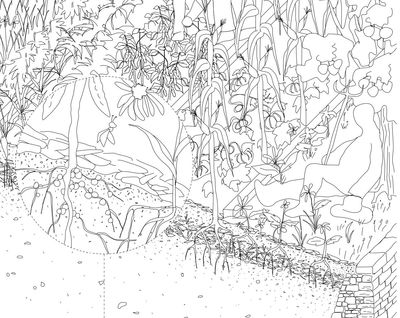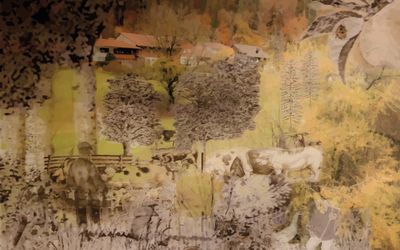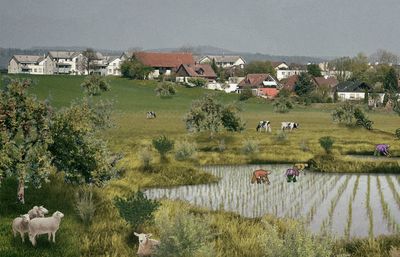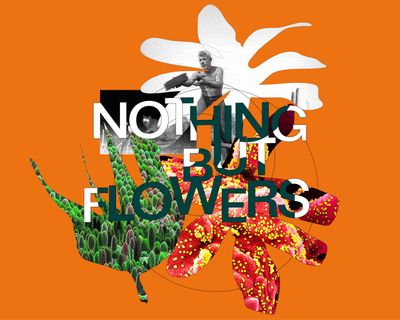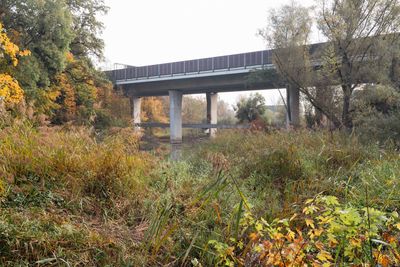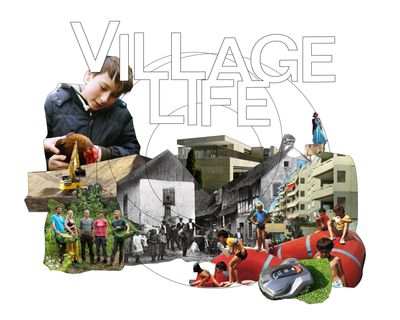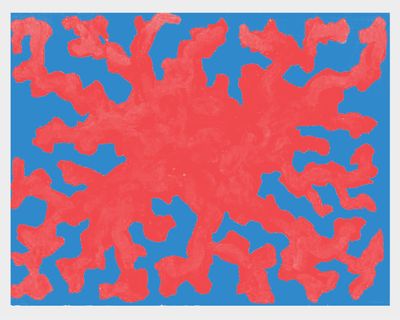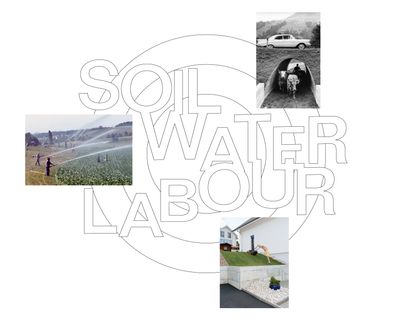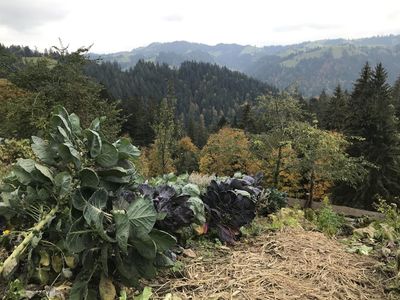Nothing but Flowers
Nature and Territory in Zurich
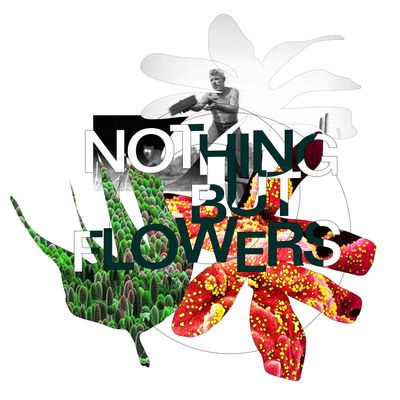
From the age of the dinosaurs, cars have run on gasoline
Where? Where have they gone?
Now, it’s nothing but flowers
Talking Heads, 1988
We are often told that Nature is being lost, damaged and polluted, sacrificed to consumption habits and ambitions of urban development. We are told of the environmental crisis of planetary proportions, of the loss of species and the imminent collapse of the web of life. We hear appeals to preserve and respect Nature, to curb our resource use and manifest an ethos of care. Nature is the concept governing actions of individuals and societies, and yet, if we try to put our finger on “nature,” to situate it in our environments, it is slippery and far from clear. The politics of space and territory relies on both green arguments, as well as privileging of our own species. Nature is often not more than a convenient gesturing: the net loss or gain of forest; the carbon offsetting; the nature compensation, the green tech, the greenwash.
But nature is also a space of imaginary. As a concept, Nature has played a historical role for the human communities through its associations with the divine, the primitive, the bestial, the corporeal, and the feminine. In Switzerland and other countries, the forming of nature conservation as a scientific discipline mirrored the industrialisation processes throughout the 19th century as a specific reaction. Invigorated by aesthetic and patriotic sentiments, early activist movements deplored the industrial destruction of both “nature” and “homeland.” Gradually conservation efforts consolidated, working their way into institutional and land use frameworks. Much of nature conservation effort historically has been rooted in the nature-culture divide, an understanding where any product of human activity is seen as being separate from nature, and thus resulting in the production of landscapes cleared from human inhabitants and demarcated from human use. But different paradigms of conservation took hold as well. Some approaches have emphasised on the role of the human carer in the protection and a sustainable use of nature (through for example mining or logging). Others have explored rewilding of landscapes through the reintroduction of previously disappeared species.
In the seemingly pastoral, but essentially highly technological territory of Switzerland, the meaning and the role of nature is far from settled. Being woven into the territory, nature areas remain an object of multiple pressures and interests. As the failures of recent initiatives—the CO₂-Gesetz, the Trinkwasser-Initiative and the Pestizidfrei-Initiative—have patently shown, there is little agreement on what kinds of nature are worth preserving, by whom, and how. As designers, we may add that, there is also a lack of environmental imagination, which ought to be explored. In this semester we will investigate and imagine nature in the metropolitan territory of Zurich. We will analyse political, financial, cadastral, and other entanglements between urban space and nature. We will engage in multispecies ethnography, tracing our relations with other species. We will engage with aesthetics, science, and the philosophy of nature. Focusing on selected sites, from the Rhine plains, through the fields of Weinland, the logistic valleys and leisure hilltops around Winterthur, to the forests and pastures of the Zürcher Oberland, we will look at nature in its different incarnations—the protected biotopes, the nature monuments, the second natures and the third landscapes of the agglomeration, the cheap natures of industrial farming, and so on.
The seminar week is dedicated to pioneers of nature conservation in Zurich. Foresters, gardeners, volunteers, and veterans of nature associations, scientists, and environmental activists will be our guides. Students will write their own project briefs, and will develop territorial analysis and projects for the chosen sites. The takes form of a web-based investigative reportage. During the production we will work with GIS and CMS experts, a journalist, a data scientist, a videographer and a photographer. The results of the studio are delivered in the public forum, meant to inform design practices and public discourse on nature conservation.
NEW ECOLOGIES
New Ecologies is a studio series at Architecture of Territory dedicated to ecologising architecture. Ecological thinking, which foregrounds the interactions between organisms (or by extension between objects, or social and technical systems) and their environments, is applied in considering design practices in their social and environmental effects. The studio series is affiliated with the Future Cities Laboratory and the new Master of Advanced Studies MAS UTD starting in the fall 2021. Citizens, experts, and fellow designers and artists will accompany us in the process.
PROCESS AND RESULTS
The semester consists of investigative journeys and intensive studio sessions. ARCHITECTURE OF TERRITORY values intellectual curiosity, commitment and team spirit. We are looking for avid travellers and team workers, motivated to make strong and independent contributions. Our approach enables students to work with a range of methods and sources pertaining to territory, including ethnographic fieldwork, interviews, literature research and essay writing, large-scale drawing techniques, photography, videography, and online publishing. Experts and guests will help us sharpen our skills and craft common agendas through debates. Students work in groups of two to three.
SEMINAR WEEK: PIONEERS OF CONSERVATION
Investigative journeys constitute the core of the project. The first studio day starts with an exploratory walk through the forested backstage of the Hönggerberg. The investigations will continue throughout the seminar week, dedicated to pioneers of nature conservation. With our guides we will traverse the metropolitan territory of Zurich by foot, by bike, by bus and by train. The common trip is followed by a period dedicated to fieldwork in respective student teams. The seminar week takes place from October 24–30 (cost frame A). It is integrated, mandatory, and open to all interested students.
LECTURES SERIES: MY SPECIES
Within the lecture series ARCHITECTURE OF TERRITORY—TERRITORIAL DESIGN IN HISTORIES, THEORIES, AND PROJECTS running in alignment with the studio, four guest speakers engaged in fields ranging from art and landscape to bioethics and environmental philosophy, will address the theme MY SPECIES, approaching territory through the notions such as multispecies, coexistence, and diversity.
CREDITS
The semester offers a total of 19 credit points. The design studio with Integrated discipline (planning) 14+3 KP and the seminar week 2 KP.

